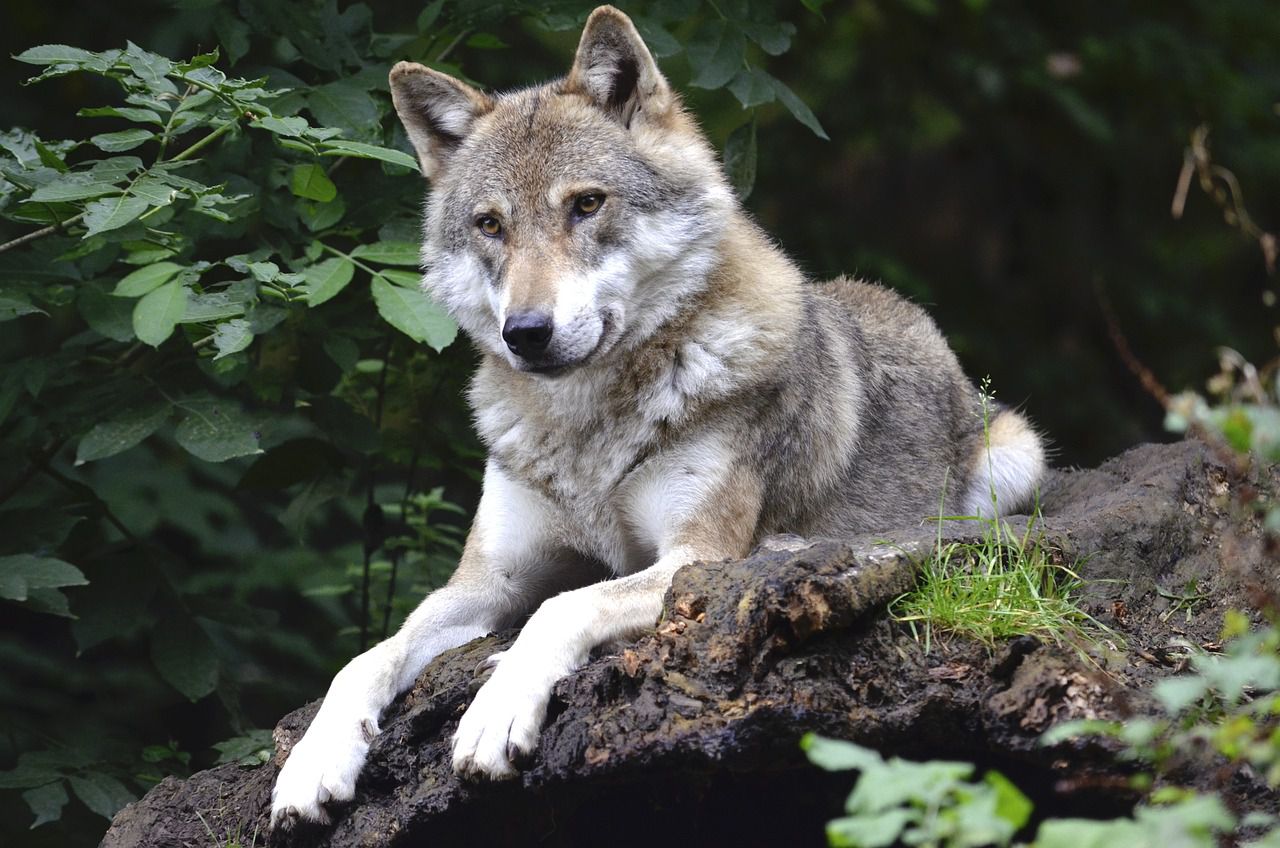Evolution happens slowly, but steadily - and that's why modern dogs are so different from what they used to look.
While people have created lots of different breeds on their own, nature also has changed dogs a lot.
Here are a few examples of that.
Physical Appearance
Modern dogs exhibit a wide range of physical appearances due to selective breeding.
In contrast, their ancestors, the gray wolves, have a relatively uniform appearance across their species.

Behavior and Temperament
Unlike their wild ancestors, dogs have been bred to exhibit more docile and sociable behavior towards humans.
Dogs also display a wide range of behaviors that are unique to their domestication, such as tail wagging as a sign of friendliness.
Diet
Wolves are carnivorous animals, primarily feeding on meat.
However, due to domestication, dogs have adapted to a more diverse diet.
This dietary flexibility has contributed to their ability to live alongside humans in various environments.
Communication
Dogs can interpret human gestures, facial expressions, and vocal cues to a much greater extent than their ancestors.
This enhanced communication and cooperation with humans have made them effective working animals and companions.
Lifespan
Modern dogs typically have longer lifespans compared to wolves.
Selective breeding and advances in veterinary care have contributed to their increased longevity and overall health.









